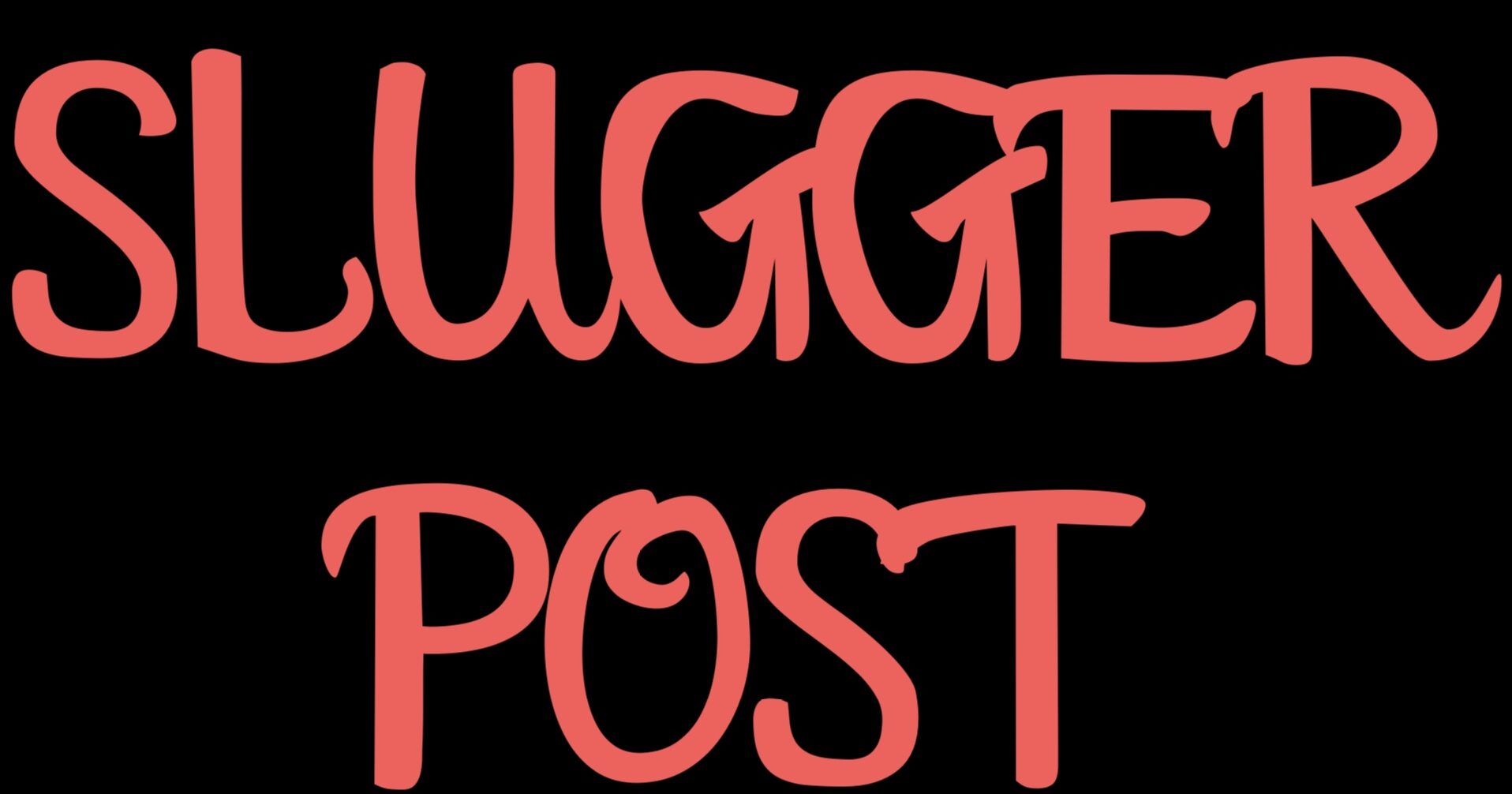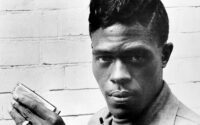A Winter in Chicago: How One Album Sparked a Blues Revolution
Chicago Blues Receives a Shot in the Arm: Producer Charters Album Captures the Genre’s Vibrancy
Chicago, 1965: Producer Samuel Charters set out on a mission to document the thriving blues scene in the Windy City. His efforts would culminate in the landmark album “Chicago/The Blues/Today!” released in 1966, a project that not only introduced contemporary blues to a wider audience but also revitalized the genre and influenced countless rock musicians.
Chicago blues had its roots in the Delta blues tradition, carried north by African Americans migrating from the segregated South in the early to mid-20th century. Pioneering figures like Muddy Waters, Howlin’ Wolf, and Big Bill Broonzy established themselves in Chicago’s South Side, where a distinct brand of blues began to take shape. Electrified guitars, amplified harmonicas, and driving rhythm sections injected a new energy into the music, further developed by artists like Sonny Boy Williamson, Little Walter, and Willie Dixon.
By the 1960s, a fresh wave of talent was keeping the scene alive, including pianist Otis Spann, guitarist Buddy Guy, harmonica player Junior Wells, and vocalist/guitarist Otis Rush. However, the rising popularity of soul, folk, and rock and roll pushed contemporary blues to the sidelines, with diminishing interest from fans, record labels, and media.
Charters, a seasoned producer with a deep understanding of Chicago’s blues scene, sought to reverse this trend. He had previously faced resistance from labels in his attempts to record these artists. However, a chance encounter with Vanguard Records’ co-founder Maynard Solomon presented an opportunity. Charters proposed a compilation album featuring short sets from a diverse range of artists, offering a comprehensive look at the scene.
“My aim was to showcase what was happening on the South Side,” Charters explained in a later reissue’s liner notes. “I wanted to capture the raw energy of the blues tradition that was still very much alive in the small clubs.”
Setting up in a vintage RCA studio, Charters recorded nine acts, many of whom collaborated on each other’s sessions, performing a mix of traditional and original blues. The camaraderie amongst the musicians was evident, with highlights including the jaunty “Spann’s Stomp” by Otis Spann and the soulful vocals of Otis Rush in “It’s a Mean Old World” and “I Can’t Quit You Baby.” Harmonica maestro Big Walter Horton’s talents were showcased throughout, both as a lead and a sideman, notably on tracks like “Black Spider Blues” and “My Black Mare.”
The album also featured special guests like blues legend Willie Dixon and a young harmonica player named Charlie Musselwhite. While Charters initially hoped to include established names like Muddy Waters and Howlin’ Wolf, their existing recording contracts prevented their participation.
Despite this, “Chicago/The Blues/Today!” resonated deeply with the public. Music fans and journalists flocked to the South Side clubs, and the featured artists saw a surge in interest. Many secured record deals, experienced increased sales, and landed gigs at blues, rock, and folk festivals nationwide. Even veteran bluesmen like Muddy Waters enjoyed a career revival, while Willie Dixon regained control of his music and royalties.
Across the Atlantic, the album became a cornerstone for blues enthusiasts, particularly young British rock musicians. The exposure from tours like the American Folk Blues Festival had already piqued interest in the genre. Bands like The Rolling Stones and Eric Clapton were heavily influenced by the electrified sounds of Chicago blues. Songs by the artists featured on the album would later be covered by Jimi Hendrix, Led Zeppelin, and Steppenwolf.
While these rock artists reinterpreted the genre for a new generation and white audiences, “Chicago/The Blues/Today!” served as a powerful reminder that the heart and soul of blues remained very much alive. As journalist Ed Ward aptly noted in the 1999 liner notes, the album “established contemporary blues, not as a derivative or a subgenre, but as a vital part of the American cultural landscape.”
Charters, though not aiming to spark a cultural revival, undoubtedly achieved far more than simply promoting Chicago blues. “The recording sessions in that Chicago winter of 1965 captured a unique moment,” he reflected decades later. “It was something none of us could have anticipated. The time was right, and there was an audience ready to hear what we wanted to record.”



